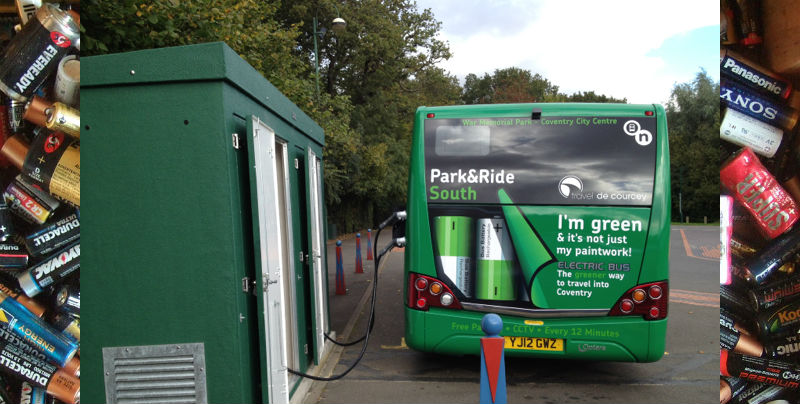
Force - Just like magnets, electric charges can repel or attract each other. Because opposites attract, there is a force between the negatively charged electrons and the positively charged proton.
Positive Plates - Made of lead dioxide (PbO2).
Negative Plates - Made of so called 'spongy' lead (Pb). In addition, carbon and barium sulphate are often incorporated into the negative plates to improve performance at low temperatures.
Electrolyte - A liquid which is composed of distilled water and sulphuric acid.
Flat - If the battery is left totally flat for long periods too much lead sulphate is formed which chrysalises and permanently damages the battery. Lead acid batteries can also be damaged by excessive charging. This can lead to gassing, whereby the water molecules in the battery are split into hydrogen and oxygen - a potentially explosive mixture. In addition, water can be lost by simple evaporation.
Electrical current - Try to imagine the electrical current flowing in a wire as cars driving along a road, where the road is the wire and the cars are the electrons. The current would be the number of cars passing a given point.
Backwards - negative to positive.
Voltage - If you think of the electric current as cars driving along a road, the voltage is the speed at which the cars are moving.
13.2v - Despite holding up to 13.2v, as a general rule car batteries are called 12v batteries.
Kinetic Energy - The energy of movement. For example, a turning handle has kinetic energy.
Induction was discovered by Michael Faraday in 1831. Other methods of induction include rotating a magnet within a coil of wire and rotating a coil of wire within a magnetic field.
Armature - A solid iron core.
Direct Current - The current we take to the battery needs to move in one direction.
Alternating Current - When an armature turns it generates current first in one direction then the other. This is because when a coil turns in a clockwise direction inside a magnetic field, the first 180 degrees of the turn may result in a current going in a positive direction but the second 180 degrees would result in the induced current going in a negative direction. As electricity needs to be forced in one direction - 'backwards' - into a battery to recharge it, this constant change of direction would be no good.
A rectifier works as an electrical one way valve.
A commutator is a simple switching connection that ensures current only flows in one direction.
Sliding Connection - Using brushes to harvest the electrical current we allowed the coil to turn without twisting the wires that lead to the battery. Normally, brushes would be made of graphite.
Shunt Circuit - This is a fine coil of wire - one end connected to the +ve terminal of the generator and the other connected to the -ve terminal.
Solenoid - An electromagnetic switch. The beauty of this switch is that as soon as the voltage drops, the circuit to the battery becomes disconnected thus preventing the current from flowing backwards.
Gear - This allowed many rotations of the generator from one turn of the big wheel.
Rate and Review
Rate this article
Review this article
Log into OpenLearn to leave reviews and join in the conversation.
Article reviews